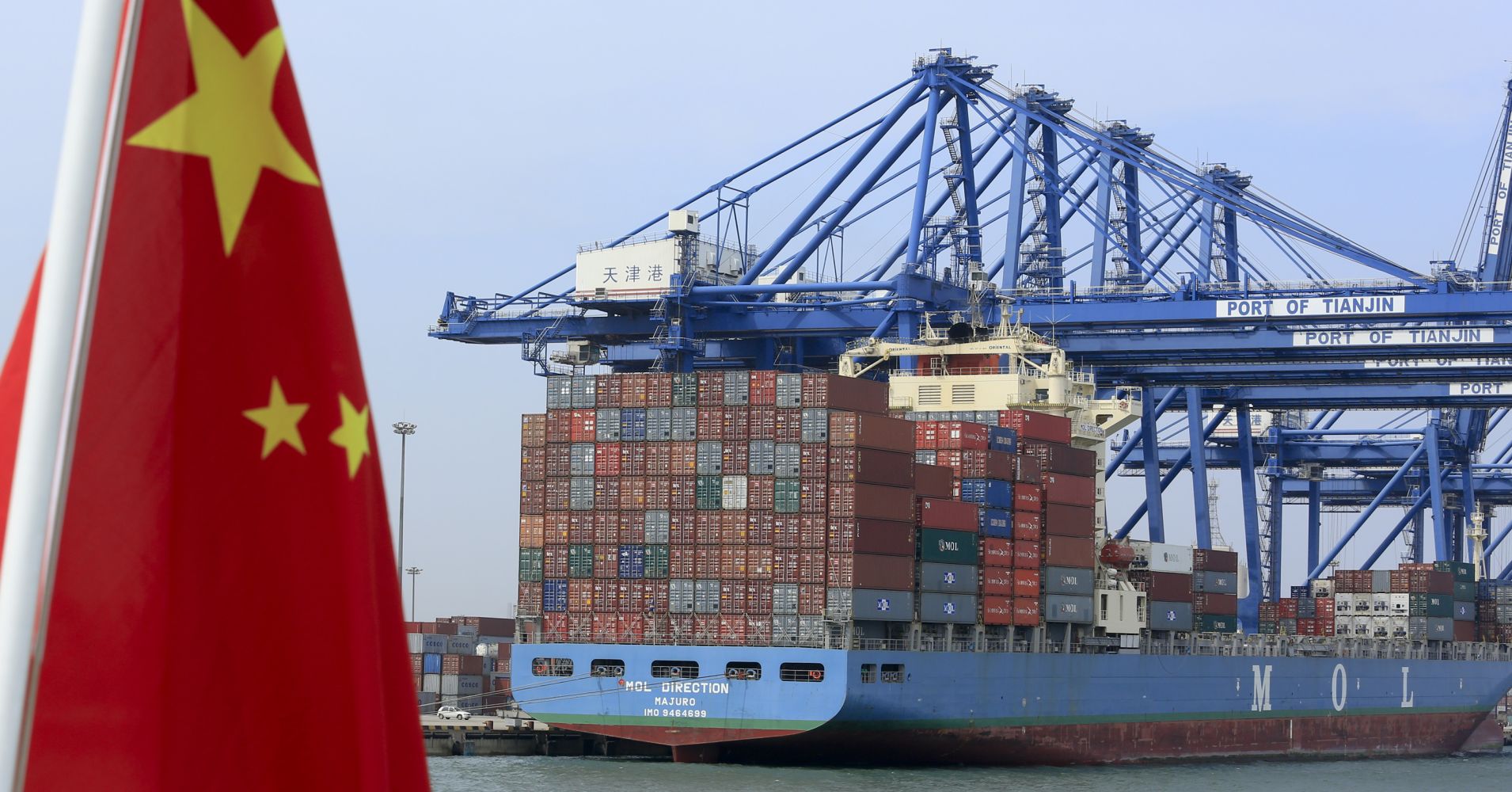
China on Friday reported worse than expected trade data for the month of February, customs data showed amid Beijing’s trade dispute with the U.S.
Dollar-denominated exports plunged 20.7 percent for the month of February from a year ago, missing economists’ expectations of a 4.8 percent decline, according to a Reuters poll. January exports had risen 9.1 percent from a year ago.
Dollar-denominated imports fell 5.2 percent in February from a year ago, missing economists’ forecast of a 1.4 percent fall. January imports had fallen 1.5 percent on-year.
China’s February trade balance was also significantly weaker than expected at $4.12 billion. Economists polled by Reuters had expected the overall trade balance to come in at $26.38 billion. The country’s trade balance in January had been $39.16 billion.
China’s politically sensitive trade surplus with the U.S. narrowed sharply to $14.72 billion in February from $27.3 billion in January.
Although the 20.7 percent decline in Chinese exports for the month of February was a “big number” and the market will be “clearly disappointed,” the negative number should not come as a surprise as investors have been expecting a slowdown both globally and in China, said Sarah Lien, director and client portfolio manager at Eastspring Investments.
“There are a lot of headwinds; there’s a lot of moving parts in market,” Lien told CNBC.
Analysts have been warning of an impending slowdown in Chinese exports even though overall economic data out of the country has been robust for the last year. Asia’s largest economy continues to negotiate through a trade dispute with the U.S., its largest trading partner. Exports held up for much of 2018 as many exporters were rushing to ship their goods out before heavier tariffs hit.
According to sources who spoke to CNBC, Washington and Beijing appear to be approaching the finish line on trade negotiations that could end later this month.
Analysts also caution that data from China at the beginning of the year may be distorted by week-long Chinese New Year public holidays, which started in early February this year. In 2018, Chinese New Year holidays started in mid-February.
Despite concerns of a deceleration in Chinese growth, Eastspring is bullish on the world’s second-largest economy as there are “a lot of ways to play China,” Lien said.
She said the Chinese domestic market is one Eastspring is focused on.
“The domestic economy is a hugely growing and large part of the market, there’s plenty of opportunities there,” she said.
China is currently in the midst of a two-week annual parliamentary meeting, the National People’s Congress, which kicked off on Tuesday and ends next Friday (Mar. 5-15).
At the opening of that meeting this week, Premier Li Keqiang said the Chinese economy will likely slow this year, and revealed that the official economic growth target for 2019 will be 6 to 6.5 percent. That compares to an expansion of 6.6 percent in 2018 — which was already China’s slowest pace of growth since 1990.
—Reuters contributed to this report.

